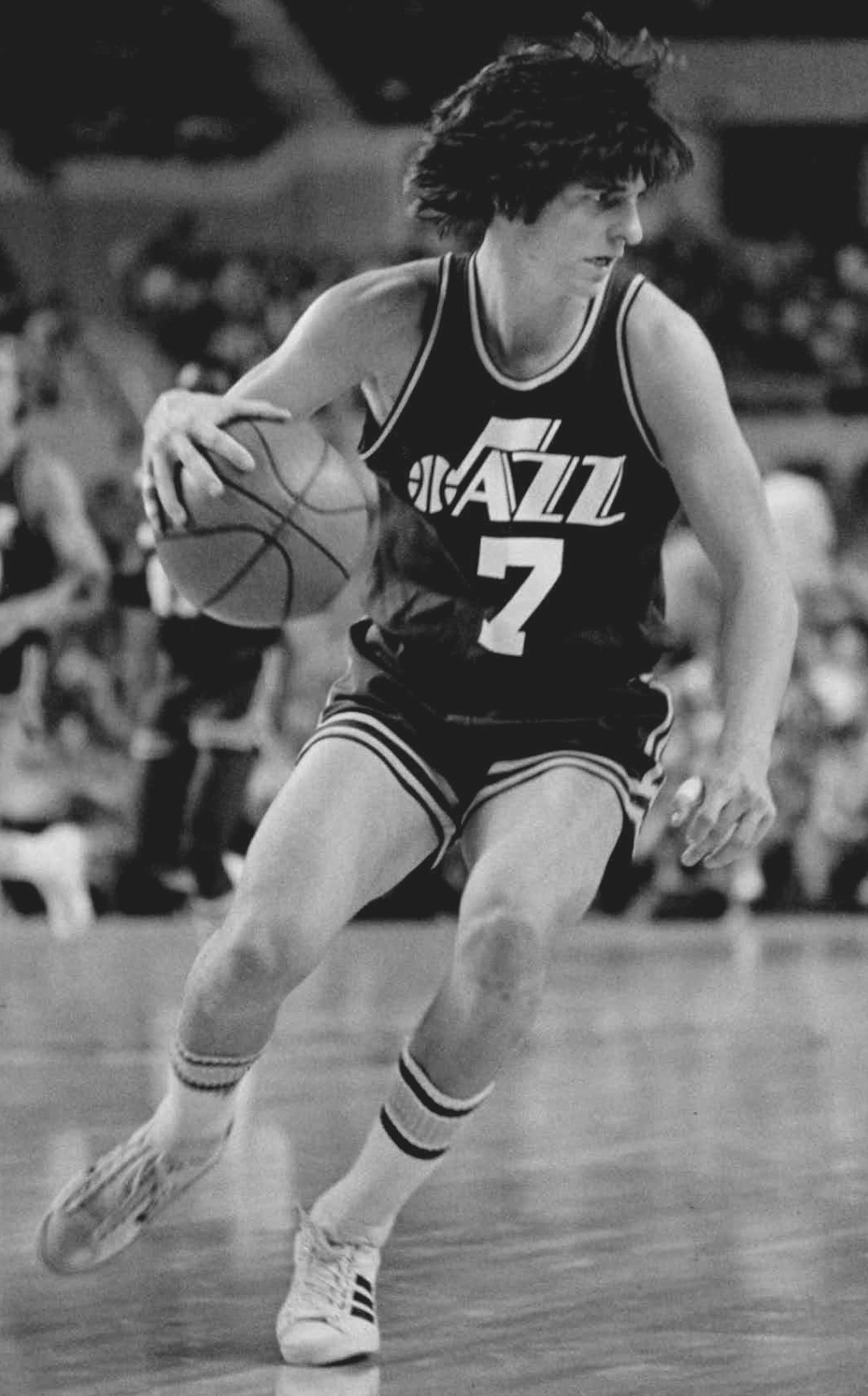Pete Maravich once said, “I don’t want to play 10 years (in the NBA) and then die of a heart attack when I’m 40.” Ironically, Maravich would play for 10 years in the NBA, and would die of heart failure at the age of 40.
Maravich was a talented high school basketball
player, and his identifying nickname, ‘Pistol’, originated in high school. This
name came from his unorthodox shooting form. Maravich would shoot the ball from
his side, from a position similar to where a gun was held.
Maravich would burnish his already growing legend
with a storied college career. With a total of 3,667 points and an average of
44.2 points per game over his time at LSU, Maravich holds the records for both
career points totals and career point per game average. Notable, Maravich only
played 83 games over his collegiate career, which is the lowest number of games
played in the top 25 of scoring leaders. Additionally, Maravich did not play in
the varsity team in his freshman year, as the rules prohibited him from doing
so, and he did not benefit from the addition of a three-point line.
Maravich was drafted 3rd overall in the
1970 NBA Draft by the Atlanta Hawks, and hit the ground running, averaging over
20 points per game in his rookie season and making the All-Rookie First Team. Over
the next few seasons, Maravich would go from strength to strength, culminating
in two straight All-Star appearances in the 1972-73 and the 1973-74 seasons, along
with an All-NBA Second Team appearance in the 1972-73 season.
Despite his strong performances for the Hawks, Pete
Maravich would get traded to the expansion New Orleans Jazz for multiple
players and draft picks. Maravich was seen as the ideal player to create a buzz
around the new team, due to his electric play style. In New Orleans, Maravich
would reach his peak as an individual, while also enduring moribund team
performances. Maravich would make 2 All-NBA First Teams, in 1975-76 and in
1976-77 and would make another All-NBA Second Team in 1977-78. He also made the
All-Star team 3 straight times in this span. Maravich would reach another level
in the 1976-77 season, leading the league with 31.1 points per game.
During this period of time, Maravich began to
struggle with reoccurring knee injuries, and he would slowly go downhill over
the next few years. The New Orleans Jazz would move to Utah in time to start the
1979-80 season, although Maravich was a shell of himself at this point. He
would eventually get waived by the Jazz and play the remainder of the season
with the Boston Celtics.
The 1979-80 season was also the first year of the
three-point line in the NBA, making it the first year Maravich’s renowned long-range
abilities could be put to the test. Despite his dwindling playing time,
Maravich shot 10-15 (66.67%) from 3 over the course of the season. Maravich
would retire at the conclusion of the 1979-80 season.
Maravich’s No.7 jersey would be retired by the Utah
Jazz and the New Orleans Jazz, and his No.44 was retired by Atlanta Hawks. He
would be inducted into the Hall of Fame in 1987, making him one of the youngest
players to be enshrined in the Hall. Maravich would pass away at the young
age of 40, just a year later in 1988.
Pete Maravich was a player before his time, a high scoring, slick passing guard who would prove a trailblazer for modern stars. Maravich’s game was often misunderstood during his day, but his highlights remain appointment viewing for any fan of the game.

Comments
Post a Comment